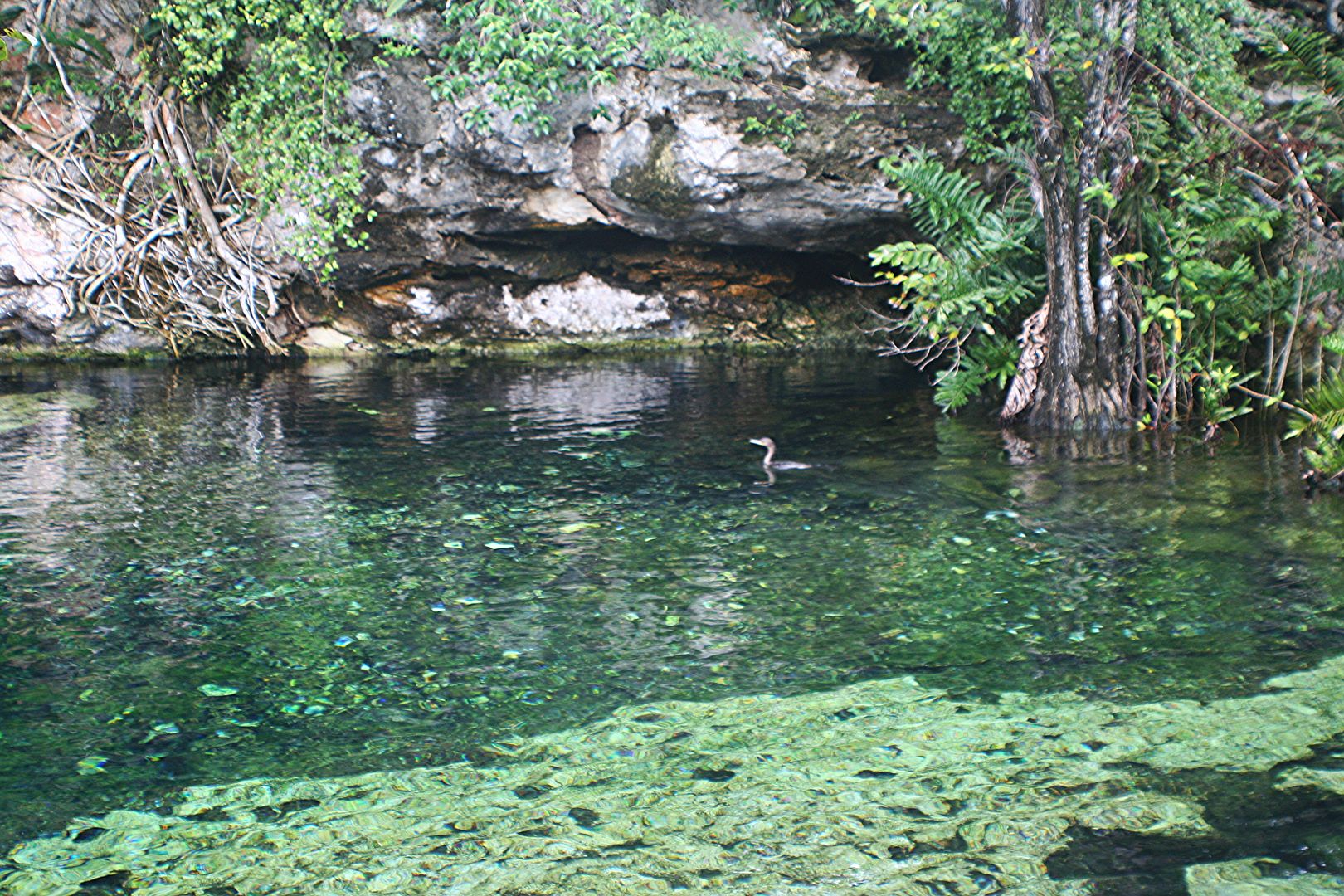A friend of mine had an @ 6" alpha male yellow lab in his breeding colony, it was (as suggested above) a bit grossly shaped.
Although most JDs do average only 4" to 5" in nature I have seen large JDs (Almost 10")these held large territories at very deep areas of Cenotes, and in the same depths were large, blue mollies 7-8", larger than I've ever seen in aquariums. I attribute this large size to being able to evade predation from birds, especially if they make it beyond the 4-5" stage and command coveted territories at greater depths, the birds don't bother with.

In Cenote Azul, Mayaheros uropthalmus averages @ 7 " to 9" but the most alpha male individuals (those @ 15") owned caves at depths below 20 ft and kept all but receptive females away. They would occasionally break the surface to feed on stranded locusts, and were very impressive, but disappeared into their holes in a flash.


Although most JDs do average only 4" to 5" in nature I have seen large JDs (Almost 10")these held large territories at very deep areas of Cenotes, and in the same depths were large, blue mollies 7-8", larger than I've ever seen in aquariums. I attribute this large size to being able to evade predation from birds, especially if they make it beyond the 4-5" stage and command coveted territories at greater depths, the birds don't bother with.

In Cenote Azul, Mayaheros uropthalmus averages @ 7 " to 9" but the most alpha male individuals (those @ 15") owned caves at depths below 20 ft and kept all but receptive females away. They would occasionally break the surface to feed on stranded locusts, and were very impressive, but disappeared into their holes in a flash.




